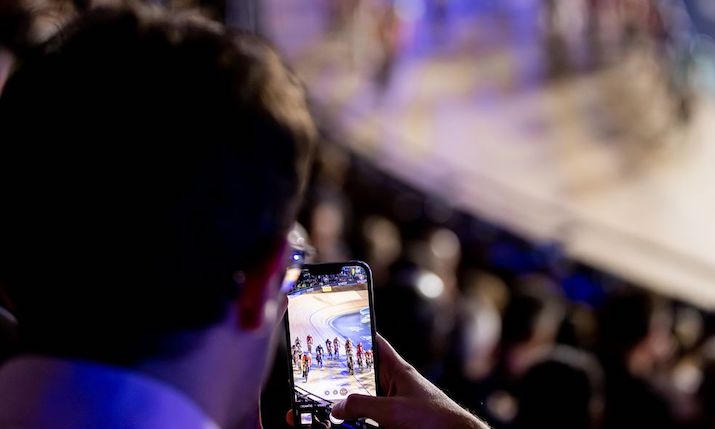Socially mobile: Mavis Broadcast reflects on live streaming as a part of a D2C strategy
 By Moe Hamdhaidari, Mavis Broadcast commercial director.
By Moe Hamdhaidari, Mavis Broadcast commercial director.
What a year it has been for sport. The regular drumbeat of Premier League, the nostalgia filled Super Bowl, the electric Champions League, the crescendo of Formula 1, the home Commonwealth Games, the highs of the T20 Cricket World Cup and the controversy filled FIFA World Cup – and that’s before we even think about the tennis, gymnastics and rugby (both League and Union had World Cups!).
Sport fans are passionate because they feel a part of something bigger. A family. A uniting movement. A tribe. The passion and tribal nature of fans has manifested in sport continuing to go from strength to strength – even during challenging societal times.
This poses an interesting dilemma for rights owners – how to maximise live rights (and, naturally, the associated revenues) while building direct relationships with fans? There is a silent battle between rights holders and rights owners on who owns that direct relationship.
Plusses and minuses
A prime example of this hypothesis is FIFA+. A D2C play featuring new and original programming but with the potential to live stream matches. Indeed, FIFA did go direct in Brazil. A dip of the toe in the proverbial water.
But it’s not just broadcast rights that are evolving right before our eyes. Live streaming to social platforms is becoming a popular way to create appointment-to-view type programming.
Social platforms like it because it means people spend more time there. And so, the dreaded algorithm will favour live content. This is why YouTube is also playing with the concept of ‘as live’ Premiere.
The rule of three is an age-old technique, and so here are three reflections on live streaming to social platforms:
Number 1: Streaming is a means to an end. It’s not the end itself. Content is the most important aspect of cutting through busy social timelines. Cloud and remote production enable content creators to go direct on social media. Anyone can be a broadcaster now as live production is slowly democratised.
The platforms have made consumption easy for the viewer – on any device and anywhere – as long as there is connectivity. Paralysis through choice is the biggest challenge – and so finding the right content to cut through is crucial.
Number 2: There is no right or wrong answer. The template for getting live streaming right is changing. Often streaming live on TikTok will be in 9×16. It will be raw, unfiltered. But this doesn’t mean you can’t produce high quality live content in 9×16. Or indeed in 16×9 but with appropriate framing and safes.
Number 3: Managing the community is as important as the live stream. Defining a warm, welcoming, and conversational tone is often important in managing online communities. A piece of the puzzle that must not be forgotten is how the community is managed pre, during and post a live stream. After all, your community are your viewers. Building affinity and advocacy is challenging but enabled by clear communication and call to action from across your digital footprint.
Live streaming is an increasingly important element in any marketing and consumer / fan engagement strategy. Authentic content can bring the viewer into another world, connecting with them emotionally. This can prove engaging – for both new and existing viewers, or fans, or indeed consumers.
The by-product of this is commercial returns: sponsors, advertising, branded content and of course brand elevation. If you haven’t considered live streaming on social for your brand, it’s worth some thought.

